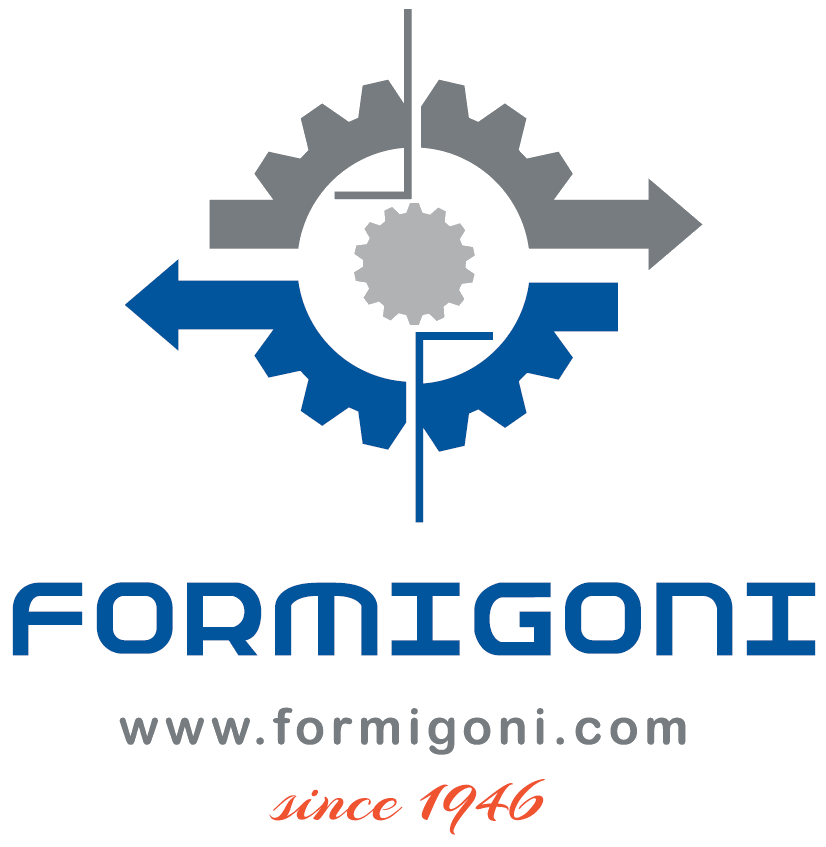
Advancing VOC Emission Control in Adhesive Tapes industries
Best Practices and Environmental Considerations
The Adhesive Tapes industry is the sector of the economy that manufactures and distributes adhesive tapes. Adhesive tapes are used in a wide variety of applications, including: packaging, electrical and electronics, building and construction, automotive and transportation, consumer goods, healthcare, industrial. The adhesive tapes industry is a competitive, dynamic and growing market. The continued growth of the market is expected to be driven by the increasing demand for innovative and high-performance solvent based adhesive tapes.
Volatile Organic Compounds (VOCs) are emitted from a variety of industrial sources, including Adhesive Tapes industries. VOCs are a major source of air pollution, contributing to air pollution, smog, and ground-level ozone formation. VOC emissions also show harmful effects on human health, causing respiratory problems and other health effects.

VOC emission control is mandatory in several countries, with specific limits at the stack of every industry. In this document we will cover the specific needs and solutions for the Adhesive Tapes sector.
The Industrial Emissions Directive (IED) is a European Union directive that sets limits on VOC emissions from industrial processes. The IED includes a Best Available Techniques (BAT) Reference Document (BREF) for the Adhesive Tapes sector, which outlines the best practices for controlling VOCs.
The US Clean Air Act (CAA) is a federal law that regulates air pollution in the United States. The CAA includes a number of provisions that address VOC emissions.
There are a number of VOC emission control technologies that can be used in Adhesive Tapes manufacturing, to comply with environmental regulations.
The most performing technologies include:
SRU™ • solvent recovery units
SRU, Solvent Recovery Unit (also known as SRP, Solvent Recovery Plant) is a gas phase VOC adsorption system, based on activated carbon, complete of onsite desorption technology, typically employed as VOC Emission Control, allowing to respect VOC emission limits with a typical efficiency up to 99%, while recovering the solvents for direct reuse, at a fraction of their purchase cost, generating a very interesting ROI (a sustainable technology and a true path to decarbonization). They can cover from small to large SLA (solvent laden air) volumes and deal with a wide variety of VOCs, including water-miscible, non-water-miscible solvents.
XTO™ • thermal oxidizers
RTO, Regenerative Thermal Oxidation works by burning VOCs at high temperatures in a closed combustion chamber: through the oxidation reaction VOCs are converted to GHG (green house gasses, CO2, NOX, CO, and H2O). The heat generated during the combustion process is then captured and used to preheat incoming air (SLA, solvent-laden air), which in turn reduces fuel consumption and enhances energy efficiency compared to traditional thermal oxidation methods. The multi-tower design of RTO allows for continuous operation. Please note that catalytic oxidation is generally not applicable in Adhesive Tapes, being the catalyst may be poisoned by some chemicals in the VOC emissions, which can make it quickly ineffective. Please note that catalytic oxidation is generally not applicable in Adhesive Tapes, being the catalyst could be poisoned by some compounds in the chemicals (e g. inks, varnishes, lacquers, adhesives, etc), which can make it quickly ineffective. Any thermal oxidation processes will dramatically contribute to increasing your GHG (green house gasses) emissions and your fuel consumptions.
conclusions
Selecting a VOC emission control technology that is appropriate for your specific needs and that will help you to comply with VOC emission regulations while minimizing the overall environmental impact (as VOCs and GHGs), avoiding any form of greenwashing. You have to consider different factors, including the type of VOCs being emitted (type of solvents used), the size of the facility (quantity of solvents used per year), the area available for the installation and the budget (CAPEX) constraints for the selected VOC abatement system.
However, even if all of the VOC Emission Control Technologies listed above are effective in complying with VOC regulations, only SRU, solvent recovery unit technology is aligning with both environmental compliance requirements and environmental responsibility. SRU, solvent recovery units offer a sustainable and efficient solution for DECarbonization and circular economy implementation. By capturing and reusing solvents that would otherwise be wasted, these VOC emission control systems not only reduce the environmental impact of the Adhesive Tapes industries but also contribute to cost savings (ROI) and regulatory compliance. Compared to thermal oxidation systems, solvent recovery units demonstrate superior energy efficiency, reduced GHG emissions, versatility, and a commitment to long-term sustainability (reduced resource consumption). Embracing such innovative technologies is crucial for industries to meet their environmental goals, drive sustainability (economic growth and environmental stewardship), and pave the way for a greener future.
